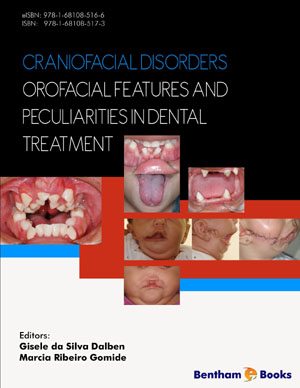Abstract
Distraction Osteogenesis (DO), a procedure used for correction of large hypoplasia of facial segments, is a surgical technique that induces new bone formation by gradual separation of two bone surfaces osteotomized by a mechanical device called distractor; the principles of this surgery were initially designed by the Russian orthopedist Gavriil Ilizarov in 1951. Different pathological conditions, mostly syndromic, may present craniofacial deformities that may not be functionally and esthetically corrected by conventional treatment methods. Some examples include the mandibular hypoplasias (Pierre Robin sequence, Oculoauriculovertebral spectrum (OAVS), Treacher Collins syndrome, temporomandibular joint ankylosis, hypoplasia of the midface (common finding in individuals with syndromic craniosynostosis, such as the Apert, Crouzon, Pfeiffer, Muenke and Saethre-Chotzen syndromes). Even though DO is the method of excellence for the treatment of large hypoplasias, it should only be used when a large dentofacial deformity cannot be corrected by conventional orthognathic surgery, which may be used to refine the results achieved by DO in a second auxiliary stage.
Keywords: Congenital anomalies, Distraction osteogenesis, Orthodontics.
















